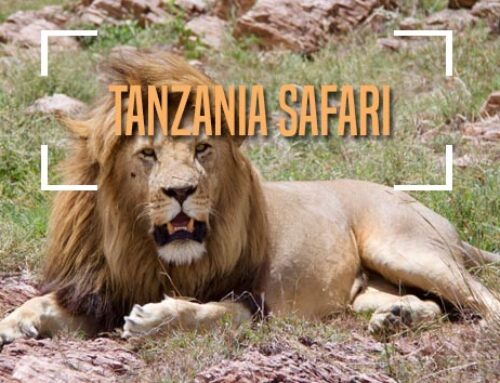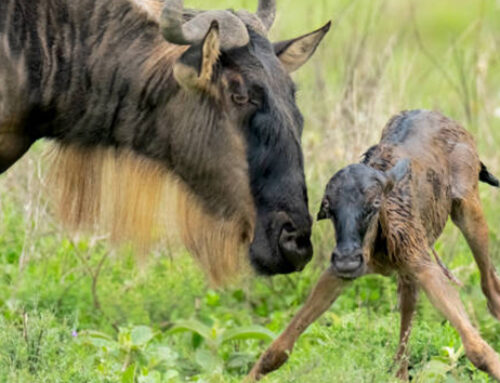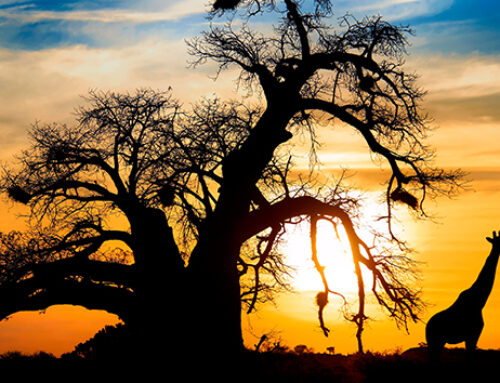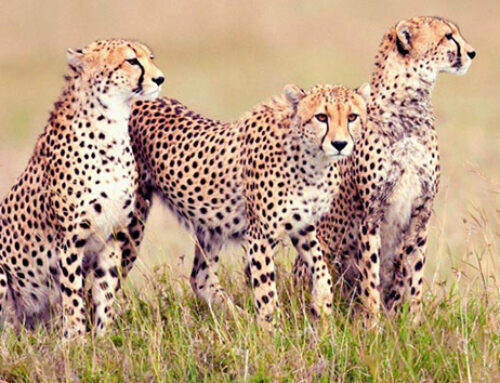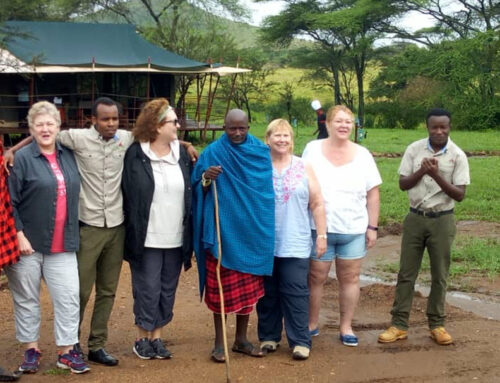Lake Natron
 Close to Ol Doinyo Lengai crater, the lowest point of the Rift Valley is Lake Natron. Named for its compound that is made up of sodium carbonate, the combination of volcanic ash and the sodium from the lake calcifies any wildlife that should come immersed in its waters. Temperatures can soar up to 60 degrees and a very important habitat for the lesser flamingo, due to the blue-green algae. Endemic to the lake is the Alkaline Tilapias, that thrive in the hot spring inlets.
Close to Ol Doinyo Lengai crater, the lowest point of the Rift Valley is Lake Natron. Named for its compound that is made up of sodium carbonate, the combination of volcanic ash and the sodium from the lake calcifies any wildlife that should come immersed in its waters. Temperatures can soar up to 60 degrees and a very important habitat for the lesser flamingo, due to the blue-green algae. Endemic to the lake is the Alkaline Tilapias, that thrive in the hot spring inlets.
The lakes ecosystem is a great breeding ground for Lesser Flamingo’s, as conditions are perfect for the cyanobacteria that survive in this harsh environment. Masai herd their cattle over the dry grasslands and the hardy few zebra that remain.
Walking safaris, climbing the slopes of Ol Doinyo Lengai are certainly for the more curious and adventurous.
Natron is located North of the Ngorongoro Crater and Highlands in the bottom of the Gregory Rift area of the Rift Valley. To the south is the active volcano, Ol Donyo Lengai, and to the west, above the rift escarpment, are the Salei Plains, the Gol Mountains and the edge of the Serengeti Ecosystem. Natron is best accessed from a mobile Camp en route to or from the eastern Serengeti or as the destination for superb walking safaris of several days from the Ngorongoro Highlands, as part of which you can also climb Ol Donyo Lengai, although it has only very recently erupted in quite a major way in late 2007.
The sheer scale of this part of the country is breathtaking. The Ngaresero River provides an extraordinary and truly unexpected contrast to the heat and dust as it flows clean and cool out of the rift valley wall into Lake Natron. This area is home to nomadic Maasai and it’s both impressive and not a little humbling to see how they manage to conduct a lifestyle, unchanged for many hundreds of years, in such a harsh environment.
You probably begin to get the picture…If the words, harsh, rocky and dramatic excite you, then you will fall in love with Natron, otherwise, stay well away.
Lake Eyasi
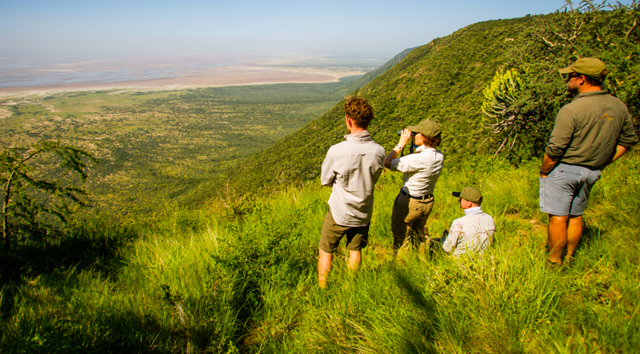 Between the Ngorongoro highlands and the Serengeti National Park, is Lake Eyasi a soda lake and home to the Hadzabe Tribe. Traditional Bushmen, that are among one of the last hunters and gathers of Tanzania. Approximately 300 – 400 of which are still nomadic.
Between the Ngorongoro highlands and the Serengeti National Park, is Lake Eyasi a soda lake and home to the Hadzabe Tribe. Traditional Bushmen, that are among one of the last hunters and gathers of Tanzania. Approximately 300 – 400 of which are still nomadic.
Today they are known to hunt dik-dik, impala and bush pig with a bow and arrrow. Sap from the desert rose shrub is used as poison for hunting purposes. The Hadzabe, have very little possessions and are obligated to share if they have more than what is needed with the rest of the tribe.
Wild honey is an essential part of the Hadzabe diet and they will generally follow a honey guide to its wild honey nest. They have a very close relationship with the bird, calling to the hunters then they will whistle back to it. The hunter climbs with a flame to smoke the bees out, before removing the honeycomb. Women spend their day gathering roots, berries and fruit from the baobab, grewia and salvadora trees. Both men and women have autonomy in the tribe and decisions are made equally.
The Lake Eyasi ecosystem is part of the great rift valley and the seasonal soda lake is a migration stop for the lesser flamingos. Enjoy a cultural Hadzabe day, interacting with local bushmen and their traditions.

